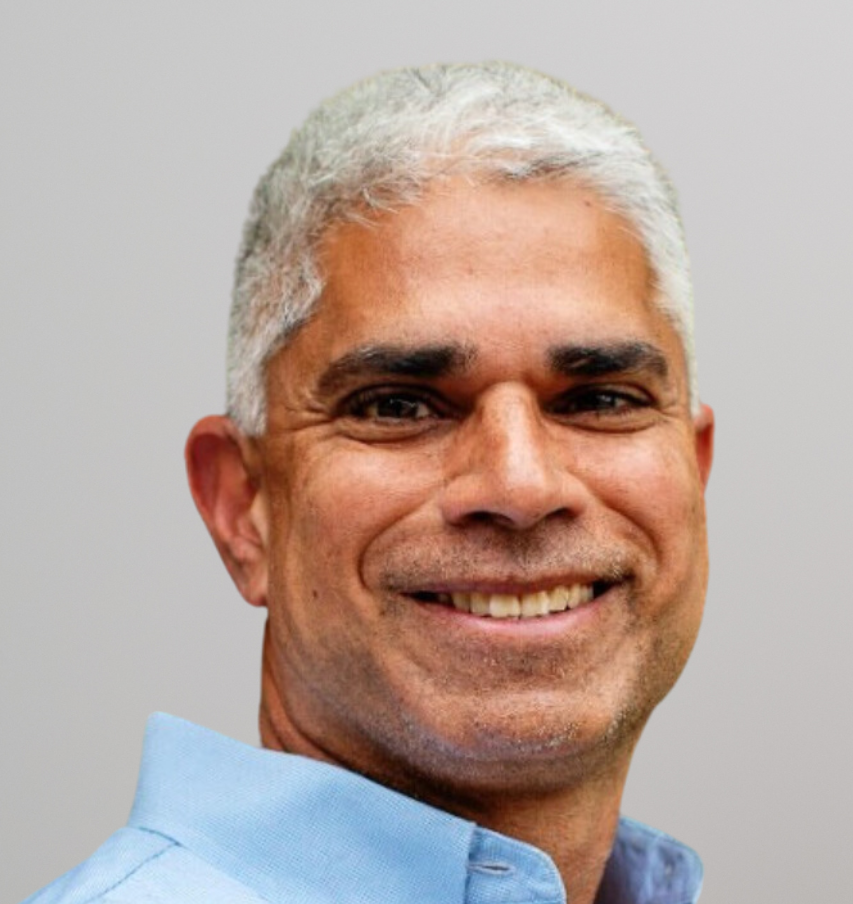
March 2024 Freedom Energy Newsletter
The Increase in Power Demands and an Aging Grid
Published: March 21, 2024
Rising Electricity Demand: Surging Growth and Planning Challenges
Electricity growth is set to surge in the upcoming years after years of minimal growth and even some declines. The surge is catching Power Grid planners off guard. Increased Manufacturing is one reason. Another reason for the surge in demand is to charge Electric Vehicles, the wide expansion into Heat Pumps, expanding Artificial Intelligence demand, and in the South-Central region Bitcoin Mining. Bitcoin mining is primarily an issue in the ERCOT region (Texas), which is not interconnected to the rest of the Nation’s grid. The forecast summer demand for 2028 jumped by 17GW alone in 1 year per canary media.

Carbon Reduction Efforts: Climate Change Pressures and Renewable Energy Solutions
2023 was the warmest year on record, and climate change has led to more intense storms and weather-related infrastructure demand. In trying to reduce carbon emissions, the energy industry is promoting carbon free electricity sources.
Solar, wind and to a lesser degree hydrogen are the renewable sources being added. Electrification is the transition away from fossil fuels like natural gas, oil, and coal to the above. Electricity generated from renewable resources would in theory eliminate all fossil fuels, using renewable energy to heat our homes (Heat Pumps) and charge our electric vehicles.
The Role of ISOs: Managing Regional Grids and Interconnected Utilities
Regions throughout the country have various independent system operators (ISO) whose purpose is to keep regional grids up and running. Within these regions there are most likely several utilities all interconnected.
The Power Grid is a very complex set of intricacies that needs to be balanced in real time, all the time. For the most part Electricity must be consumed as it is getting generated. Too little, or too much Electricity in certain nodes on the grid can cause trips.
Storms that are getting more intense can take out infrastructure causing immediate needs to be re-routed to keep the electricity flowing.
Power Grid Challenges and Insufficient Maintenance
It’s no secret The Power Grid even without adding renewable and energy storages sources is aging and out of date. Now the complex and delicate grid is about to be overloaded with more interconnections than it can handle.
How did we end up in this situation? Decades of underinvestment in upgrading the power grid is one reason. Another factor is the use of old technology and aging power lines that are becoming less efficient, similar to how an outdated air conditioner loses more energy over time.
The current grid was not built for this many interconnections, any of which could trip the system. Therefore, anything from the largest generating power plants to Grid Level solar or distributed resources must go through an interconnection study to make sure that delicate balance stays intact.
Interconnection Studies: Balancing New Sources with Grid Capacity
Interconnection study requests have been exploding due to more renewable and Distributed Resources all needing to join the grid. Utilities take great care and conduct many studies to make sure that each new interconnected resource can be added keeping the Power Grid in balance. With the aging infrastructure, each connection to the aging grid gets harder.
Grid studies are so backlogged now compared to decades ago, it takes years to complete the study. Joseph Franz with GE Vernova Electrification Software who helps utilities in this regard explains why: “Utilities today have mostly manual processes for managing the interconnection process because in the past the volume of request was low. However new renewables and other Distributed Energy resources have swamped those process, Utilities need to automate the interconnection process and planning studies to support integration of these new resources.”
It’s the end users that are trying to help the electrification movement that are feeling the direct impact. They are waiting years to interconnect solar panels, Stand Alone Batteries, and other sources to the Power Grid. New World solutions, but an old-world process. The process needs to catch up. The chart below demonstrates the increased backlog in two major ISO’s from energy.gov.

Modernizing the Grid: Challenges and Solutions for Grid Upgrades
The Federal Energy Regulatory Commission per order 2023 is trying to address these delays on a national level. The State of Massachusetts, recognizing the need and potential delays of electrification, is trying to speed up the process. Utilities in the state are required to come up with their Electric Sector Modernization Plan (ESMP).
Both Eversource and National Grid have filed ESMP plans to upgrade their distribution networks and these plans can be found on the company websites. But how will the plans be implemented and accounted for? Without significant upgrades and automation as described by Joe, these delays are going to get longer in the short term.
Looking Ahead: Grid Modernization Challenges
Even without the Electrification movement, the Power Grid will need to be upgraded to handle increased manufacturing demand and AI generated usage. Utilities will need to upgrade their processes along with the infrastructure to modernize the Power Grid. Where the funding will come from is an entirely different discussion.
Meet the Writer

Dileep Prabhakar
Freedom Energy Logistics
Regional Sales Director
Dileep Prabhakar, a Regional Sales Director at Freedom Energy since 2022, brings over 30 years of engineering and energy experience to his role. He has advocated for municipalities, school districts, and commercial and industrial customers, managing their energy procurement and sustainability initiatives while optimizing their energy spending and achieving decarbonization goals. Click here to read Dileep’s full bio.









Connect With Us